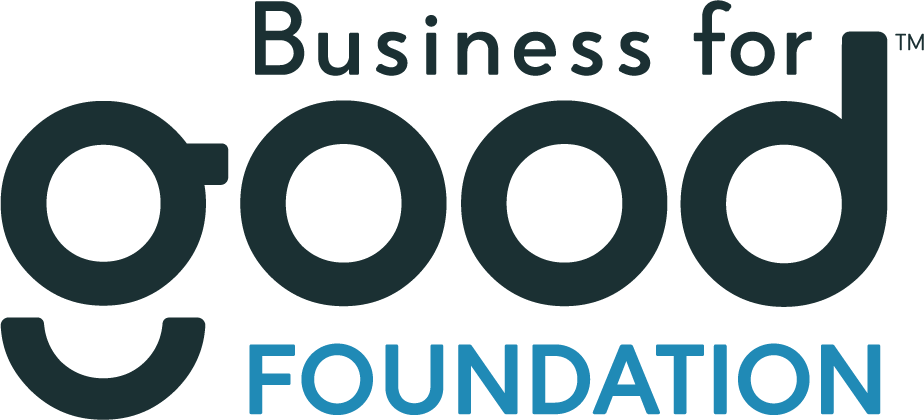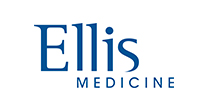News
May 31, 2016On “World No Tobacco Day”, Upstate New York Advancing Tobacco-Free Communities Programs
Upstate New York youth have seen enough tobacco marketing and it’s time to protect them and put an end to youth smoking and other tobacco use. To safeguard children from the billions of dollars of vivid tobacco marketing in places where they can see it, the #SeenEnoughTobacco campaign launches today and area students unveil fence art to draw attention to this pediatric epidemic on World No Tobacco Day, May 31.
Fence art at eleven locations in seven counties—including Niskayuna High School, the Strand Center in Plattsburgh, Veteran’s Memorial Field in Amsterdam, and Cobleskill Little League Field—spotlight shocking youth smoking statistics.
Reality Check youth from eleven communities in the Capital, Central and Northern regions of New York, are calling attention to the impact of tobacco marketing on youth, spotlighting the fact that 90% of adult smokers started before the age of 18.1 The students chose today, World No Tobacco Day, to create eye-catching fence art to raise awareness among their peers and the greater community that reducing young people’s exposure to tobacco marketing is key to ending the tobacco epidemic. This effort compliments a new digital campaign with the same focus.
Online #SeenEnoughTobacco campaign highlights tobacco marketing impact on kids
The #SeenEnoughTobacco campaign takes a hard look at what’s happening with tobacco marketing and children through the use of video, social media (#SeenEnoughTobacco), digital advertising and a “Jack and Jill (and Tobacco)” storybook that describes children’s encounters with tobacco marketing in convenience stores. Provocative images creatively combine cigarettes with common children’s items, like crayons and birthday cake, in scenarios intended to grab the attention of community members and parents and prompt their outrage. Viewers will be compelled to learn what they can do to protect children from tobacco marketing at the campaign’s new website www.SeenEnoughTobacco.org.
In New York State, the average age of a new smoker is 13 years old,[1] and 90 percent of adult smokers say they first tried smoking by age 18.[2] The U.S. Surgeon General calls smoking a “pediatric epidemic” and says, “Advertising and promotional activities by tobacco companies have been shown to cause the onset and continuation of smoking among adolescents and young adults.”[3] Even with all of this data, research shows stores popular among adolescents contain almost three times more tobacco marketing materials compared to other stores in the same community.[4]
“Data released just this past March indicates that 85% of high school students were aware of tobacco-related ads in convenience stores, supermarkets, gas stations or pharmacies in 2014,” according to Jeanie Orr of the Capital District Tobacco-Free Coalition. “Non-smoking adults may not notice, but kids do.”
“Thirty-two square feet of tobacco products on display in stores is like an indoor billboard,” said Kelsey Madden, Capital District Reality Check Coordinator. “The tobacco industry can’t use billboards on a highway but then can have billboard-like marketing in convenience stores and pharmacies.”
“The amount of tobacco marketing in communities gives youth a real mixed message about tobacco. If tobacco is so deadly, why is it so visible and accessible everywhere we go?” said Bianca Schiocchetti, volunteer for Niskayuna Students Advocating for a Positive Environment.
Additional findings about tobacco industry marketing and the effect of smoking on children and young adolescents indicate:
- The tobacco industry spends billions of dollars on promotions, in places where children can see them.
- More than 92 percent of high school students reported awareness of pro-tobacco marketing in 2014.[5] This includes 85 percent awareness of advertising in the retail environment.
- The U.S. tobacco industry spent an estimated $9.5 billion on advertising and promotion of cigarettes and smokeless tobacco in 2013.[6] This includes nearly $220 million annually in New York State, or nearly $602,000 a day.[7]
- Smoking at an early age is likely to have a detrimental impact on the health of young people.
- An “earlier age of onset of smoking marks the beginning of exposure to the many harmful components of smoking. This is during an age range when growth is not complete and susceptibility to the damaging effects of tobacco smoke may be enhanced,” according to the U.S. Surgeon General.[8]
- There is also sufficient evidence from the U.S. Surgeon General to infer a causal relationship between active smoking and:
- Impaired lung growth, respiratory symptoms and asthma-related symptoms during childhood and adolescence
- Early onset lung function decline during late adolescence and early adulthood8
- 6 million children under the age of 18 who are alive today will die prematurely as a result of smoking, including 280,000 children in New York State alone.2
About Advancing Tobacco-Free Communities (ATFC) and Reality Check (RC)
Four ATFC and RC programs are supporting the efforts of youth advocates from 12 upstate New York counties. The participating programs are Advancing Tobacco-Free Communities of Hamilton, Fulton & Montgomery; Capital District Tobacco-Free Coalition; Advancing Tobacco-Free Communities in Delaware, Otsego & Schoharie; and Tobacco-Free Clinton, Franklin, and Essex. The New York State Department of Health, Bureau of Tobacco Control funds ATFC and RC programs to increase support for New York State’s tobacco-free norm through youth action and community engagement. Efforts are evidence-based, policy-driven, and cost-effective approaches that decrease youth tobacco use, motivate adult smokers to quit, and eliminate exposure to secondhand smoke.
For more information about the harmful effects of tobacco marketing at the point-of-sale, visit www.SeenEnoughTobacco.org. To preview the fence art messaging, visit http://bit.ly/1TYHX6a.
For details about activities planned at participating locations, reach out to the media contact in your area:
Hamilton, Fulton & Montgomery counties:
Sara Kraemer W 518-762-8313, C 518-368-5244, sarah.kraemer@cc-fmc.org
Albany, Rensselaer & Schenectady counties:
Jeanie Orr, W 518-459-2388, C 518-522-5911, Jeanie.Orr@sphp.com
Delaware, Otsego & Schoharie counties:
Linda Wegner, W 518-255-5364, C 518-560-0489, wegnerl@cobleskill.edu
Clinton, Franklin, and Essex counties:
Dana Isabella, C 518-570-7784, tobaccofree@cvfamilycenter.org
[1] Monitoring the Future Study, http://www.monitoringthefuture.org/pubs/monographs/mtf-overview2014.pdf
[2] A Report of the Surgeon General “The Health Consequences of Smoking—50 Years of Progress” 2014, p. 12, 696, 708: http://www.surgeongeneral.gov/library/reports/50-years-of-progress/full-report.pdf
[3] A Report of the Surgeon General: Preventing Tobacco Use Among Youth and Young Adults “Executive Summary” 2012, p. 1, 3: http://www.surgeongeneral.gov/library/reports/preventing-youth-tobacco-use/exec-summary.pdf
[4] Henriksen L, Feighery E C, Schleicher N C, Haladjian H H, Fortmann S P. Tobacco Control “Reaching youth at the point of sale: cigarette marketing is more prevalent in stores where adolescents shop frequently” Published online First: May 23, 2004 doi:10.1136/tc.2003.006577 http://tobaccocontrol.bmj.com/content/13/3/315.full
[5] New York Department of Health Bureau of Tobacco Control “Youth Exposure to Tobacco Marketing Remains High” 2016, https://www.health.ny.gov/prevention/tobacco_control/reports/statshots/volume9/n2_youth_exposure_to_tobacco_marketing.pdf
[6] Federal Trade Commission “FTC Releases Reports on 2013 Cigarette and Smokeless Tobacco Sales and Marketing Expenditures” 2016, https://www.ftc.gov/news-events/press-releases/2016/03/ftc-releases-reports-2013-cigarette-smokeless-tobacco-sales
[7] Campaign for Tobacco Free Kids, https://www.tobaccofreekids.org/facts_issues/toll_us/new_york
[8] A Report of the Surgeon General: Preventing Tobacco Use Among Youth and Young Adults “The Health Consequences of Tobacco Use Among Young People” 2012, p. 16, 22: http://www.surgeongeneral.gov/library/reports/preventing-youth-tobacco-use/sgr_2012%20chapt2.pdf


























